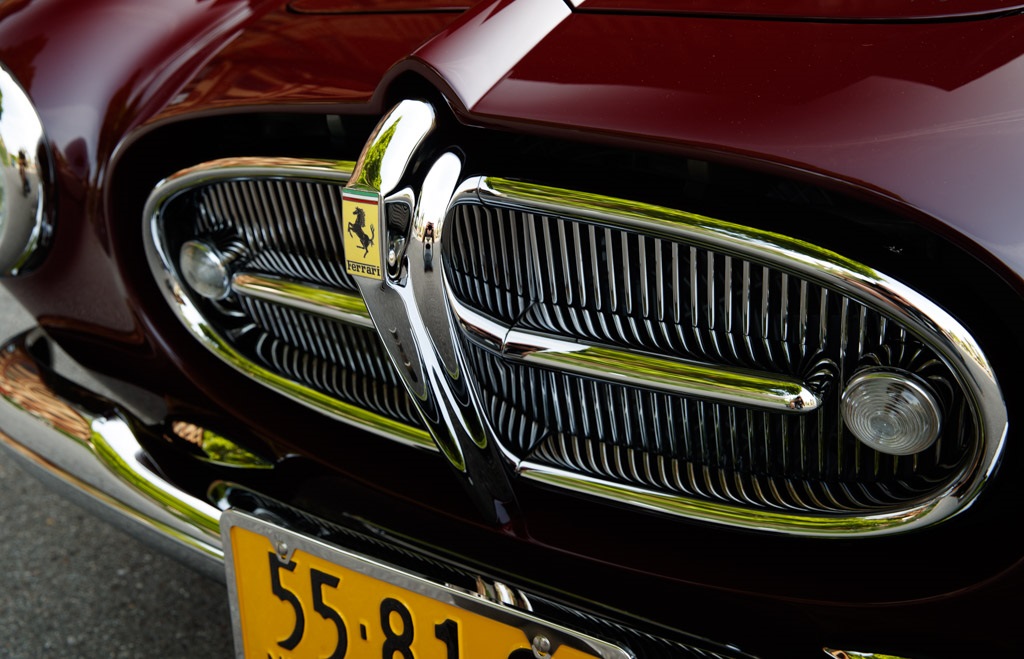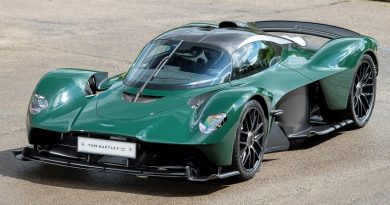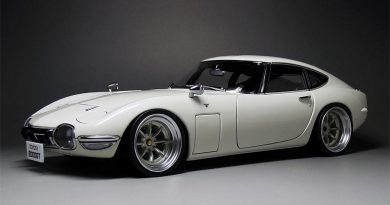1951 Ferrari 212 Export Vignale Cabriolet
Ferrari’s first production racing car, the 166 MM, was introduced late in 1948. In the following years the model evolved into the 195 Sport, 212 Export, 225 Sport and finally the 250 MM.
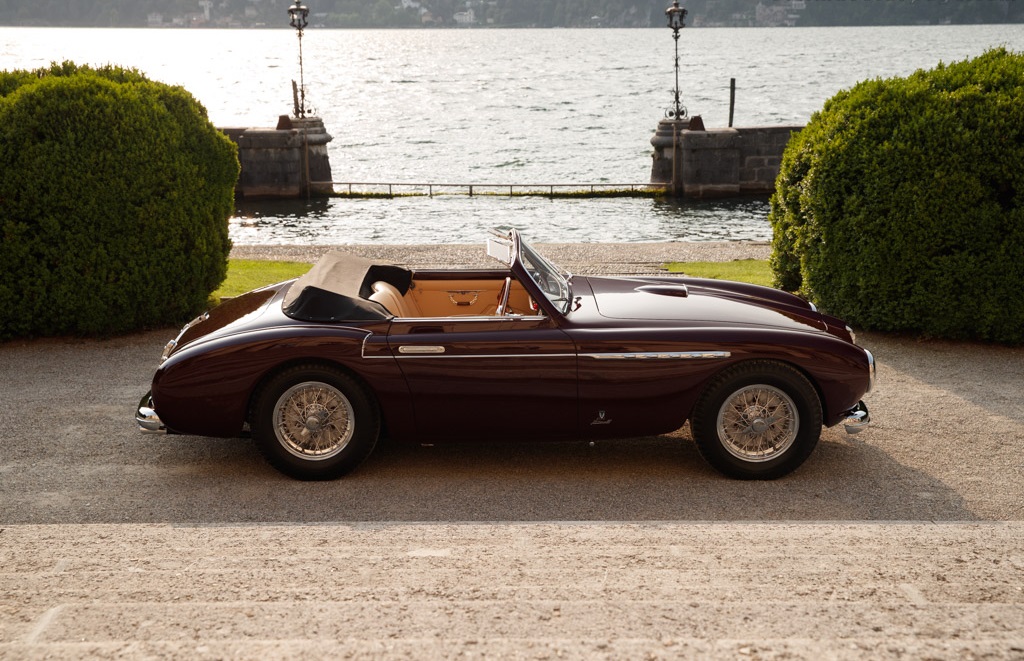
For anyone familiar with Ferrari nomenclature, it will not come as a surprise that each of these cars had a slightly larger version of the Colombo V12 engine. Starting in the 166 MM at a discplament of 2 litre (a unitary displacement of 166 cc), the engine grew in size to 3 litre (250 cc) within five years. The chassis remained virtually unchanged, while the various coachbuilders added plenty of variety.
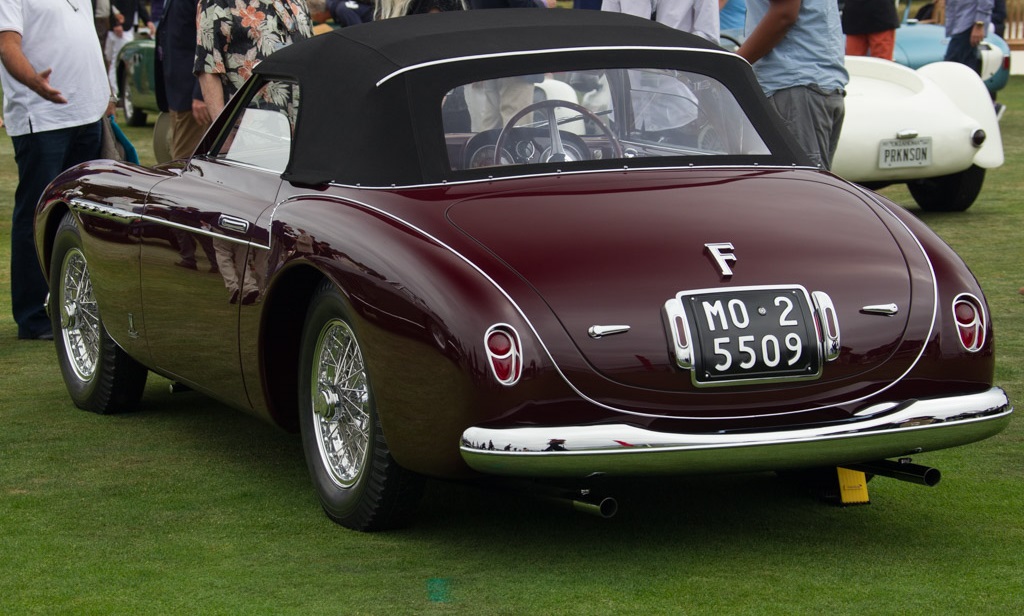
Ferrari’s original V12 designed by Gioacchino Colombo was only 1.5 liters, just 125cc per cylinder. Its displacement was first expanded to 1,995cc in the Ferrari 166, then to 2,341cc in the 1950. A further increase in the cylinder bore from 65mm to 68mm brought the individual cylinders to 212cc and the engine’s displacement to 2,562cc. The chassis was Ferrari’s proven design consisting of a double oval tube frame with double wishbones at the front suspended by a transverse leaf spring and a carefully located live rear axle with semi-elliptical leaf springs. The brakes were Ferrari’s large hydraulically actuated drums. The transmission was mounted directly behind the engine and had five forward speeds.
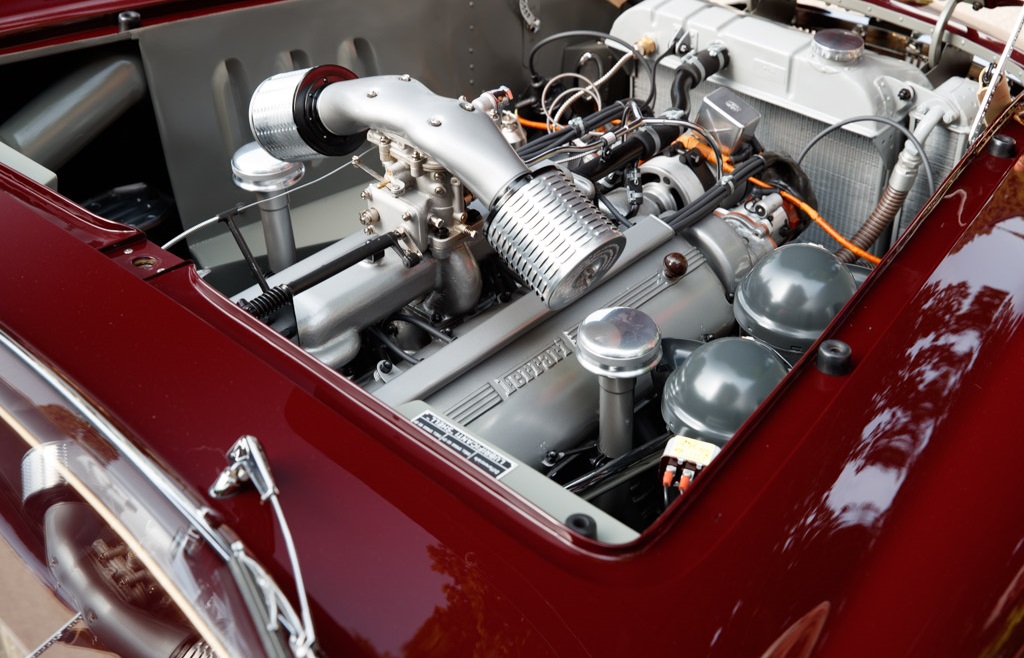
The 212 was bodied in a bewildering array of styles from lightweight spiders, Coupés and Berlinettas to stylish and luxurious cabriolets. Carrozzeria Alfredo Vignale contributed most of the 212’s coachwork but the 212 also provided the basis for the first Ferrari by Pinin Farina and important designs by both Touring and Ghia.
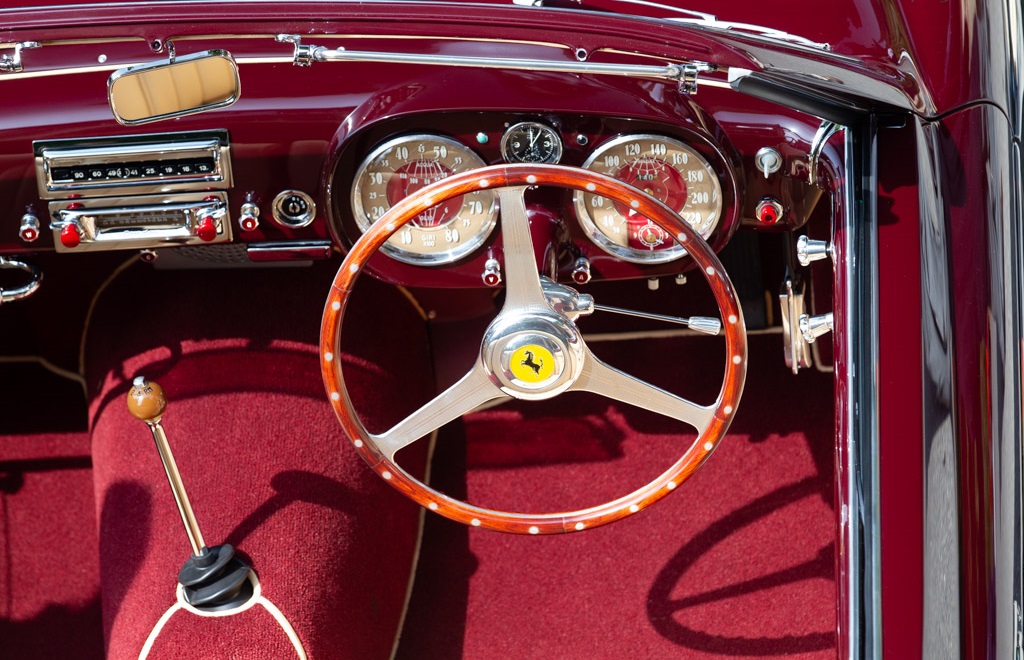
In 1951 there also was a slight evolution in the chassis design. The original elliptical-section tubular frame was, for a select few models, replaced by a smaller diameter tubular frame with additional cross braces. Known as the ‘Tuboscocca’, the new chassis was slightly lighter and more rigid. What remained the same was the very short wheelbase, the double wishbone front suspension with a transverse leaf spring and the live rear axle. Stopping power was provided by drum brakes all around and the engine’s horses were transferred to the rear wheels by a five-speed gearbox.
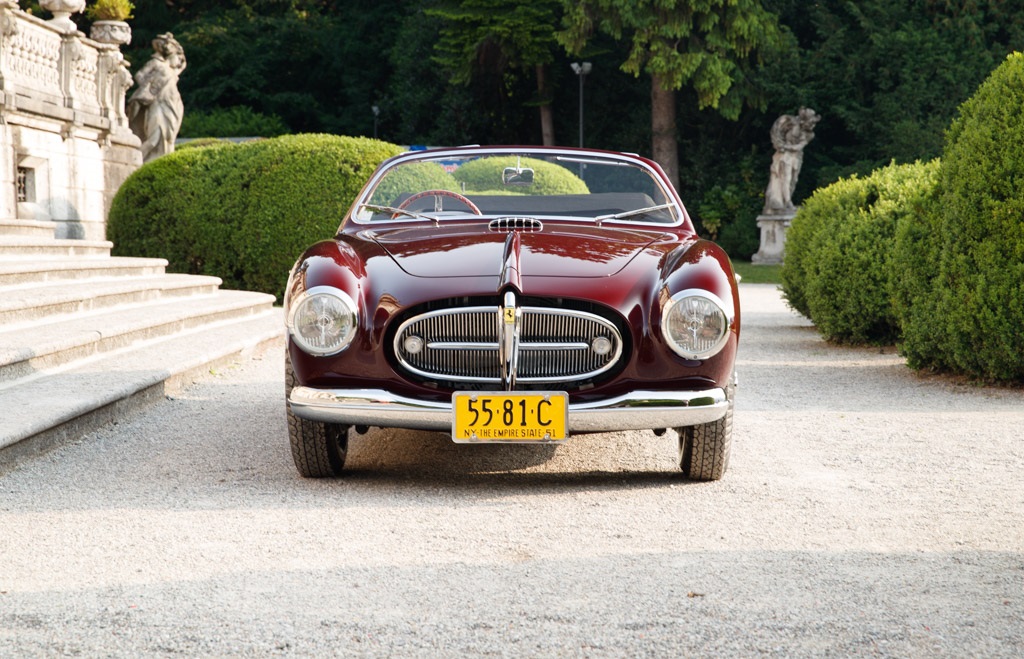
While often competing against the large displacement Lampredi-engined 340 Mexico, the 212 earned its keep in racing, including first and second place finishes in the 1951 Carrera Panamericana by Piero Taruffi / Luigi Chinetti and Alberto Ascari / Luigi Villoresi. The 212’s competitiveness was further demonstrated by the frequency with which their engines were updated by owners, in an effort to keep at bay newer and larger-displacement competitors.
